A malfunctioning sliding door lock can be an inconvenience that compromises both security and ease of access. Whether the lock is jammed, misaligned, or simply not functioning as it should, addressing the issue promptly is essential. Fixing a sliding door lock might seem daunting, but with the right guidance and a bit of patience, you can restore the functionality of your door lock.
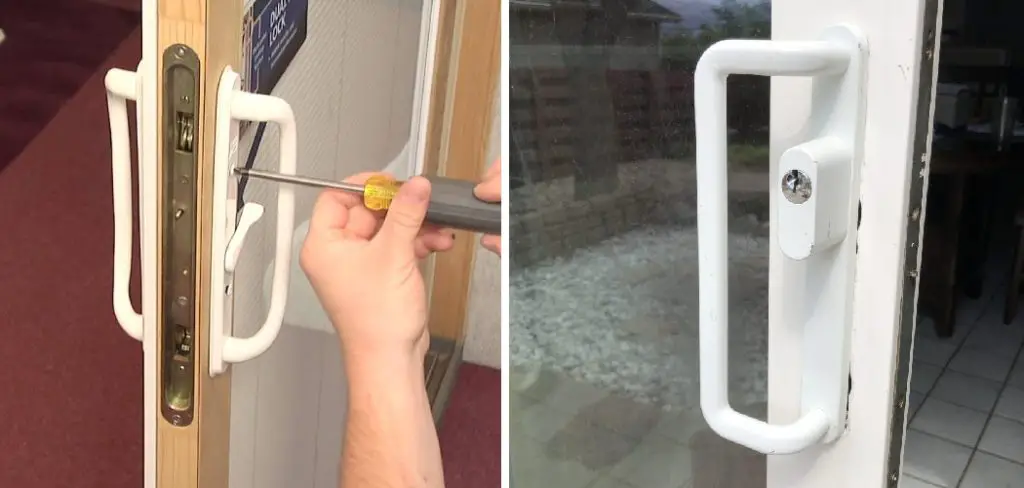
This article offers insights into the common problems associated with sliding door locks and provides a step-by-step guide on how to fix sliding door lock. From identifying the root cause to implementing effective solutions, you’ll find practical advice to help you troubleshoot and successfully fix your sliding door lock, ensuring both peace of mind and seamless operation.
What Causes Door Locks to Stop Working?
Sliding door locks can be complex mechanisms, and when the mechanism stops working, it’s not always easy to determine the cause. Common issues with sliding door locks include worn out or damaged parts, improper alignment or installation, debris blocking the lock mechanism, and a broken handle or latch. It is important to inspect all of these components before attempting any repair.
If the lock appears to be properly aligned and there is no visible damage, debris may be blocking the mechanism. This can often occur when dirt or dust accumulates in the track or on the door itself, preventing the latch from engaging in the catch slot. To fix this issue, open both sections of your sliding door and use a soft brush to clear away any debris.
If your latch or handle is damaged, it will need to be replaced. To do this, remove the trim and screws from around the latch plate on both sections of the door. Carefully pry off the latch plates from each side of the door with a flat head screwdriver and replace with a new one. Be sure to measure twice before ordering the replacement part to ensure you get one that fits.
Finally, if your sliding door lock was installed incorrectly or has shifted out of alignment, this can prevent the mechanism from properly engaging and cause it to slide open when locked. To fix this issue, check all screws around the frame and latch plate to make sure they are tightened securely. If necessary, adjust the placement of the latch plate so that it is properly aligned and the catch slot lines up with the door handle.
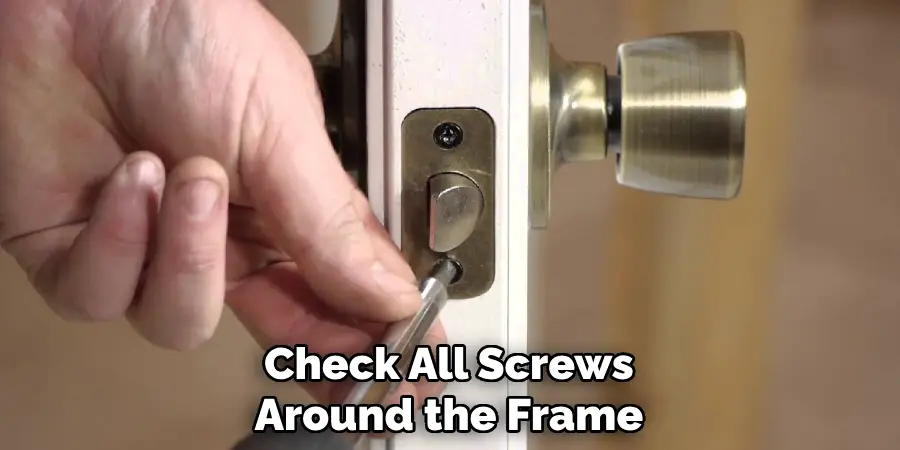
The Importance of a Functioning Sliding Door Lock for Security and Convenience
Having a functioning sliding door lock is crucial for both security and convenience. A secure sliding door lock system prevents intruders from easily entering your home, providing extra peace of mind when you are away.
Furthermore, having a working sliding door lock ensures that the doors close securely behind you when you enter and exit your home. This eliminates any potential gaps between the doors that might allow air or noise to escape, and also provides extra protection from the elements.
Whether you have a sliding door lock that needs to be repaired or replaced due to wear and tear, it is important to take steps to fix it. In this tutorial, we will cover the basics of how to repair a sliding door lock so you can restore your security and convenience with ease.
The first step in fixing a sliding door lock is to determine the cause of the problem. Depending on your specific issue, you may need to replace some parts or make adjustments to ensure proper functioning. Common signs that something is wrong with your sliding door lock include difficulty unlocking and locking the doors, as well as an inability to open or close them properly.
Once you have identified the root cause of the problem, it is time to begin making repairs. If your sliding door lock requires replacement parts, make sure to get ones that are compatible with your model. Additionally, if you are having trouble accessing or operating the levers and knobs on the door lock, you can adjust them by simply tightening or loosening the screws.
10 Methods How to Fix Sliding Door Lock
Method 1: Clean and Lubricate the Lock Mechanism:
One of the simplest solutions to a malfunctioning sliding door lock is thorough cleaning and lubrication. Dirt, debris, and rust can hinder the lock’s operation. Start by removing the lock’s cover or casing and use a soft brush to clean away any accumulated grime. Apply a silicone-based lubricant to the moving parts, ensuring smooth motion and improved locking action.
Method 2: Adjust Misaligned Components:
A misaligned lock can prevent the door from securely closing or locking. Begin by inspecting the door’s alignment in relation to the frame. If misalignment is detected, adjust the door’s position by slightly loosening the screws on the hinges or rollers and gently repositioning the door. Tighten the screws once the door is properly aligned.
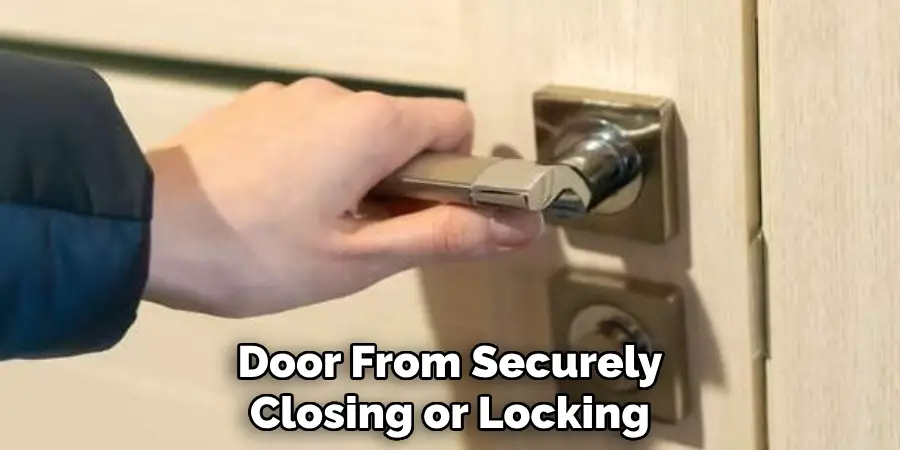
Method 3: Check the Strike Plate Alignment:
A misaligned strike plate can prevent the locking mechanism from engaging fully. Examine the strike plate on the door frame and ensure it aligns accurately with the lock. Adjust the strike plate’s position if necessary by elongating the plate’s opening to align with the lock’s latch.
Method 4: Replace Worn Lock Components:
Over time, lock components can wear out, leading to diminished functionality. If the lock’s internal components are worn or damaged, consider replacing them with compatible parts. Consult the manufacturer’s guide for replacement instructions or seek assistance from a professional locksmith if needed.
Method 5: Address a Sticky Latch:
A sticky latch can make locking and unlocking the door difficult. Remove the latch mechanism and examine it for any debris or corrosion. Clean the latch thoroughly and apply a lubricant to ensure smooth operation. If the latch is severely damaged, consider replacing it.
Method 6: Repair Damaged Door Tracks:
In the case of a sliding door that’s difficult to open or close, damaged tracks may be the culprit. Inspect the tracks for any dents, bends, or obstructions. Use a pliers or a track tool to gently straighten any bent areas. Clean the tracks and apply a silicone-based lubricant to facilitate smoother movement.
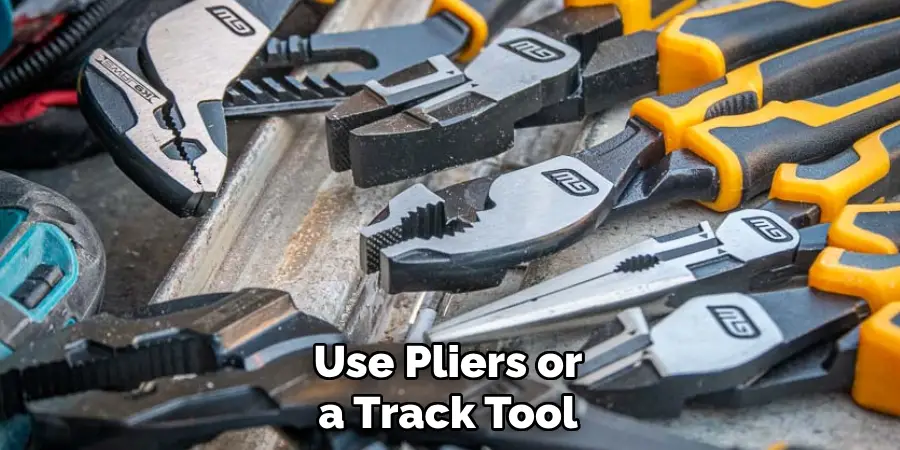
Method 7: Realign Roller Wheels:
Roller wheels that have come off track can cause the door to stick or become misaligned. Carefully remove the door panel to access the roller wheels. Realign the wheels with the track and ensure they are secure. If the roller wheels are damaged, replace them with suitable replacements.
Method 8: Examine the Exterior Handle:
A malfunctioning sliding door lock can also stem from issues with the exterior handle. Check for loose screws or damaged components. Tighten any loose screws and replace damaged parts. Lubricate the handle’s moving parts to enhance its functionality.
Method 9: Repair Broken Lock Cylinder:
A broken lock cylinder can render the lock useless. If the lock cylinder is damaged, remove it and replace it with a new one of the same size and type. Follow the manufacturer’s instructions for proper installation.
Method 10: Seek Professional Assistance:
If the sliding door lock issues are beyond your expertise or the damage is extensive, it’s wise to seek the assistance of a professional locksmith. Locksmiths possess the skills and tools needed to diagnose and repair complex lock problems, ensuring a proper and lasting solution.
Safety Tips for Fixing Sliding Door Lock
Sliding door locks are a convenient way to secure your home. However, they can be prone to problems, and you’ll want to know how to fix them if something goes wrong. Before you begin any repairs, make sure that it is safe for you to do so. Wear protective gloves and eyewear as well as long sleeves and pants when attempting any repair.
In order to fix a sliding door lock, it is important to determine what kind of problem you are dealing with. For instance, if the latch does not line up with the strike plate on the frame, you may need to adjust the strike plate. Other common problems include damage to the track or hardware due to wear and tear over time.
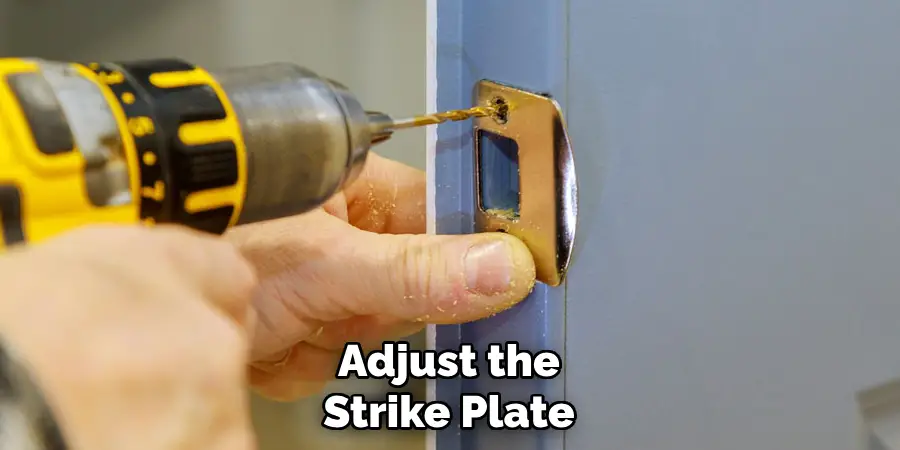
If you find that the lock is damaged or malfunctioning, it may be necessary to replace the entire mechanism. This requires careful disassembly of the existing hardware and installation of a new one. Make sure that all parts are secured with screws, and test the door several times after installation to ensure that it works correctly.
Conclusion
In summary, fixing a sliding door lock is not as difficult as it may first appear. It can be done using common tools and requires an understanding of basic locksmithing techniques. The most important tool needed is a flat screwdriver to remove the locking mechanism from the doorjamb.
Once removed, the entire lock must be disassembled which requires knowledge of the components and how they are assembled so you can order the proper replacement parts and fix the lock yourself.
Additionally, if a deadbolt is being installed for added security, remember to pick correctly sized screws or anchors, use correct measurements, and make sure the strike plate sits properly in its new position. Thanks for reading, and we hope this has given you some inspiration on how to fix sliding door lock!
